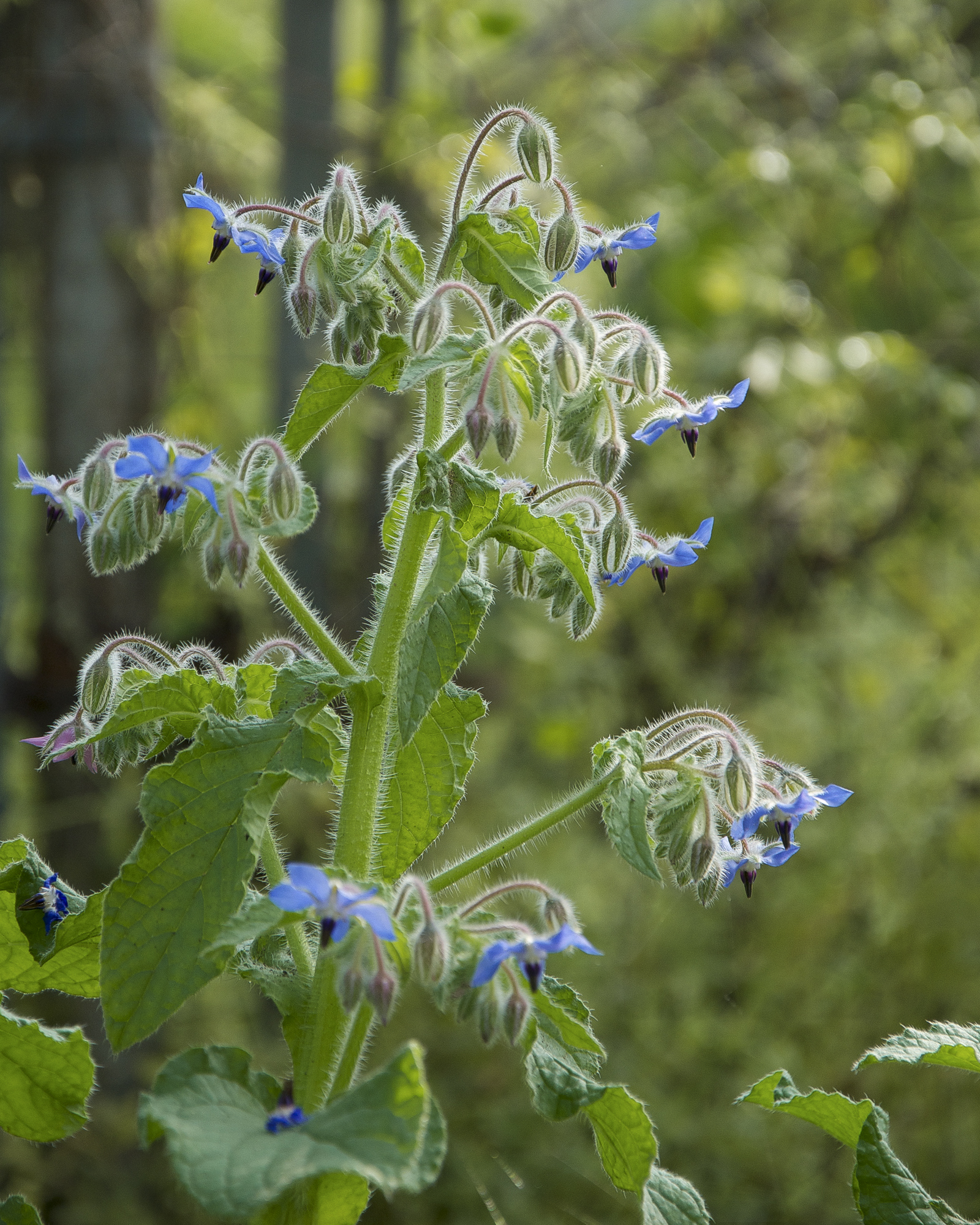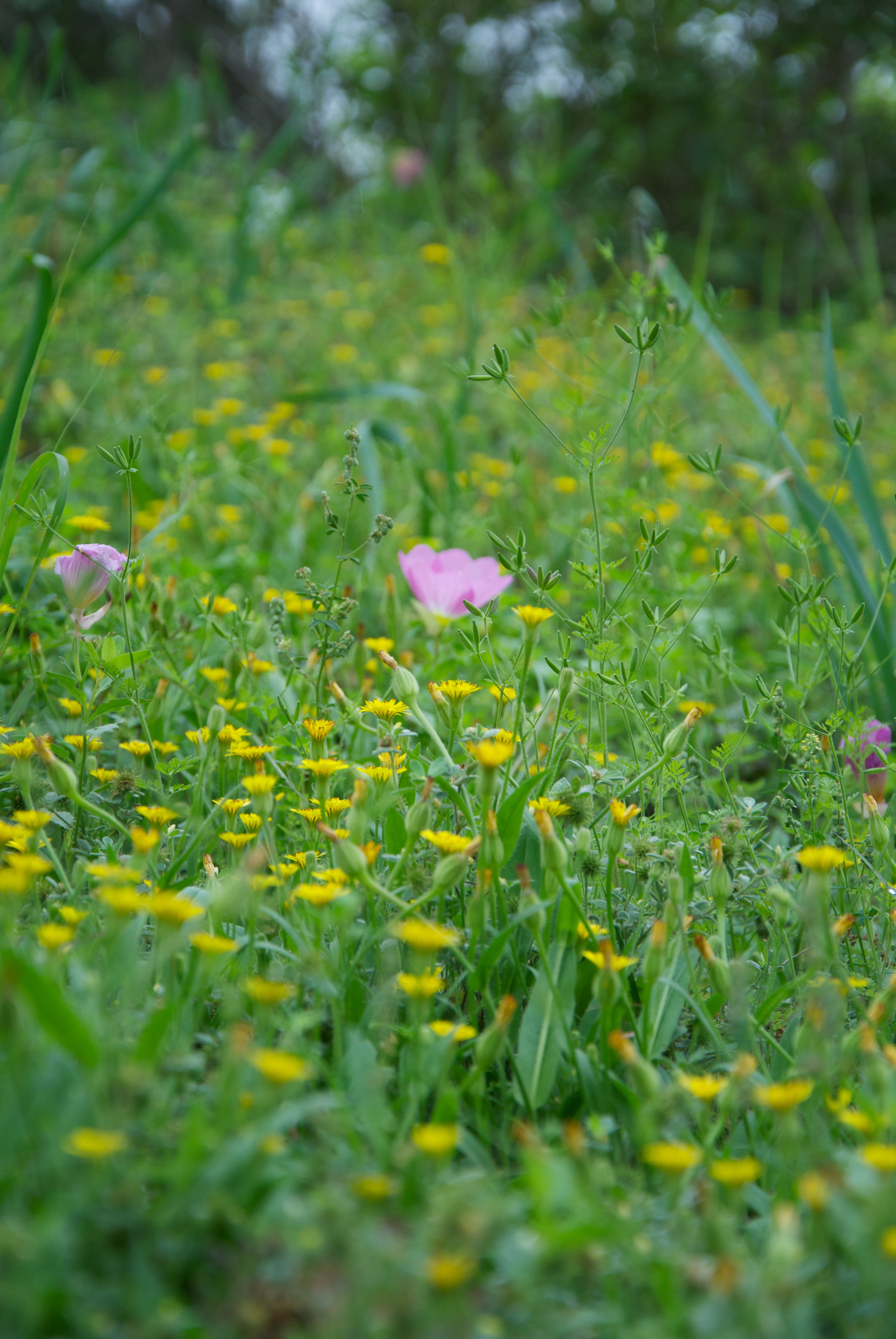
Inside Austin’s Wildflower School of Botanical Medicine
My decision to attend Nicole Telkes’ “Materia Medica and Energetics” class in the middle of SXSW Music Festival was complicated by the fact that the lesson was held at the American Botanical Council on the outskirts of Austin– and on that day, it was downpouring.
Texas Hill Country and the surrounding region that comprises Austin has been struggling with a profound drought for years.
Like California, Texas is a place where water is scarce and botany is plentiful– but unlike California, most of Texas’ native, local plants are cultivated and harvested in accordance with what grows natively in this eco-region, and that was why I so desperately wanted to sit in on a class at the Wildflower School of Botanical Medicine, even if it meant missing some of the music I was in Austin to see. (“I love that you’re a total Herb Geek!” Nicole had said to me over the phone when I booked the class a few weeks prior.)
Despite the fact that the class was held from 3-7 PM on a Friday and the fact that it was raining, Telkes’ lecture was well-attended. The class was full of students who looked college age– others were older, having arrived at their interest in herbalism only after years of doing other things.
Telkes, a former conservation biologist who now works as an herbalist on the East Side, founded the Wildflower School of Botanical Medicine in order to train aspiring herbalists in the vocation of “weedcrafting” and growing their own medicine.
In the days before we finally met, she told me she also saw the school as a way to promote conservation and the propagation of Texas’ wild, native plants, which are increasingly at risk with respect to climate change and development.
Shortly after I arrived, Telkes gave us a run down on how the class would work:
Each of us was given a piece of paper and a cup of tea brewed with a mystery herb that we would spend class tasting and discussing, before its identity was revealed. The students in the class had come to expect this; they had volumes of reading material that they were systematically moving through under Telkes’ guidance.
Much like a wine tasting, we were told to begin the process by smelling the herbal mixture and noting any initial smells and tastes (like coffee, sand, or grass). We drew a matrix on a piece of paper ranking the flavor on a scale of 1 to 10 for the following characteristics:
- Pungent
- Sour
- Salty
- Bitter
- Acrid
- Unctuous (aka “oily”, I learned)
- Sweet
- Astringent
We also had to note if the herb made us feel “Up,” “Down,” “Fast,”
“Slow,” “moving outward” or “moving inward.” Coffee, for example, might make one feel “up” and “fast” while chamomile tea may leave one feeling “down” (in the sense of grounded and calm) or “slow” (in the sense of sleepy).
We also had to take note of any secondary effects the herb seemed to be having on our body– the idea being that we would experiment with each herb (which were all harmless plants like ginger and milky oats, I should note) before learning, categorically, how to assign and identify them in the wild.
Elements of astrology and Ayurvedic medicine were also incorporated into the ensuing lecture about the plant’s origins and ideal growing conditions.
Elements of astrology and Ayurvedic medicine were also incorporated into the ensuing lecture about the plant’s origins and ideal growing conditions.
At the end of the semester, students are tested on the material and (with time) awarded certification as herbalists. This certifies their ability to prescribe alternative medicine, like ginger packs for stomach cramping or milky oat tea to calm anxiety.
We began our initial herb tasting with what was revealed to be Vitex agnus cactus, which tasted to me like black tea and seemed to be very grounding.
After grilling the class about the plant’s alchemy, Telkes encouraged us to guess what the mystery plant might be, before revealing to several “ohh”‘s and “I knew it”‘s that it was in fact a plant called Vitex.
Telkes walked us through Vitex’ chemical and physical properties: “Asian/Mediterranean origin…looks like a hemp tree although sprawling with purple flowers… a volatile anti-inflammatory and anti-spasmodic that’s related to fennel… regulatory for female reproduction and as such can be administered for menopause… high levels of saponans, which is why water mixture will foam when you shake it… grows well in the sandy loam of Texas,” I scrawled furiously across the page.
We continued in this fashion for ginger (which I guessed correctly during the blind taste-test) and milky oats (which I learned is a “tropho-restorative,” meaning it puts nervous system back in balance and is therefore good for anyone who is low in calcium or magnesium or who suffers from insomnia or PTSD).
We drew the plant on our worksheets and learned about Telkes non-invasive prescription of milky oat tea, which she typically administers over a 6-month period. Each week, class has a different theme and different herbs, but it follows this structure.
When class is over, Telkes and I head with another student out to the Botanical Council’s medical plant garden, which is appropriately (if sparsely labeled) with cardiovascular and respiratory-enhancing plants. Amongst the iconic Texas bluebells Telkes tells me about the School’s plan to “re-wild” an 8-acre plot a few miles away.
“I’ve been buying native milky oats in bulk and just throwing them around on the ground,” she tells me with a laugh. Currently, she is excited for the Herbalismo Festival, a forthcoming collaborative event that’s all about plant-based healing in the Texas badlands.
There’s a lot of cross pollination between Texan and Mexican healers because we live in the same bio-region,” she tells me. “There’s a lot we can learn from each other.”





































